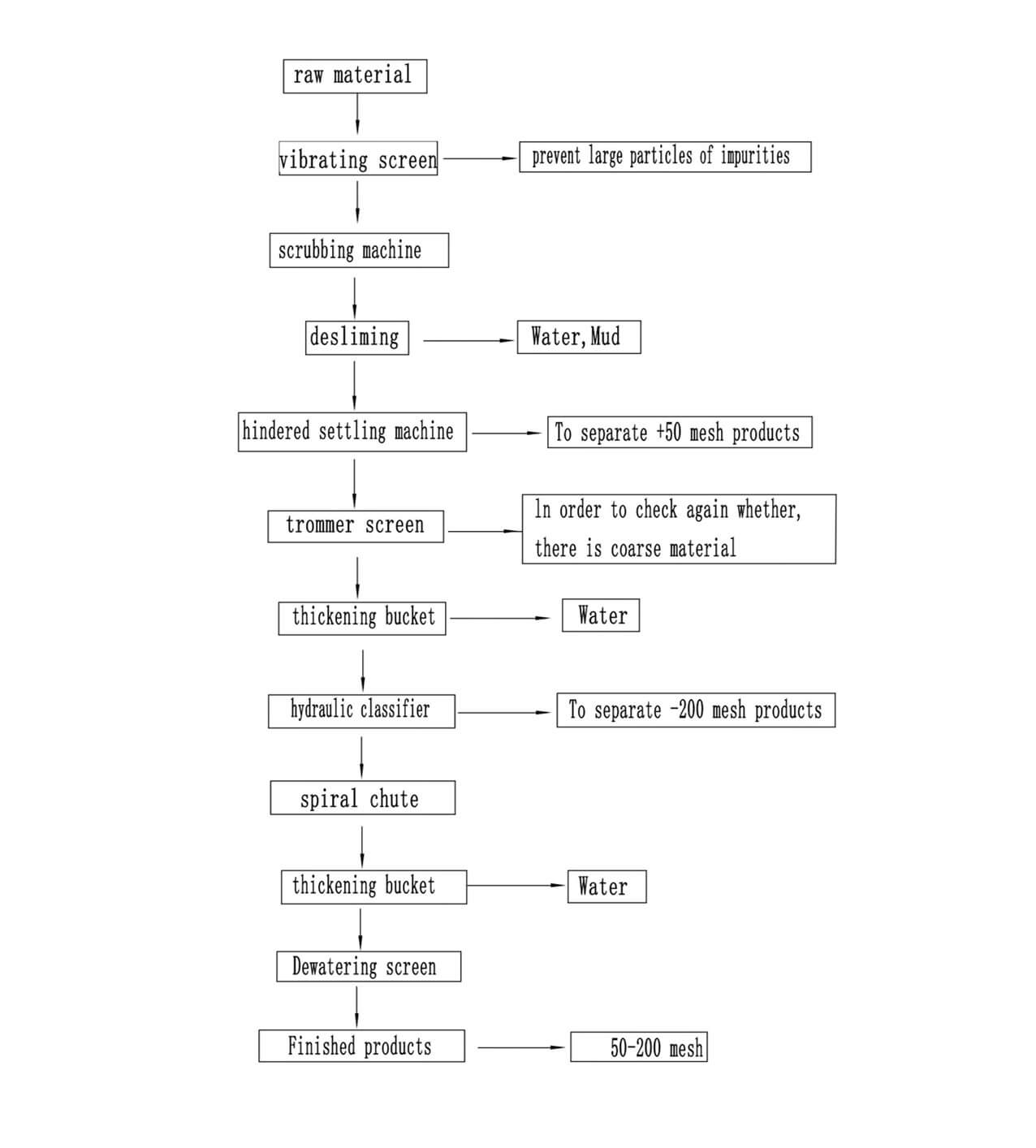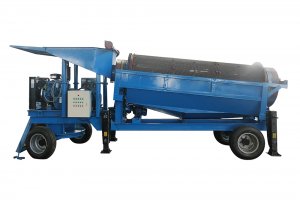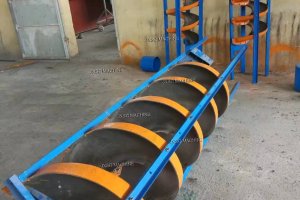Quartz silica sand is a hard, wear-resistant, and chemically stable silicate mineral. Its main mineral component is SiO2. The color of quartz sand is milky white or colorless and translucent, with a hardness of 7, which is brittle and has no cleavage. Shaped fracture, grease luster, density 2.65, bulk density (1-20 mesh is 1.6-1.8), 20-200 mesh is 1.5, its chemical, thermal and mechanical properties have obvious anisotropy, insoluble in acid, slightly soluble in KOH solution, melting point 1750 °C.
Due to the unique physical and chemical properties of quartz silica sand, it has high-temperature resistance, low thermal expansion coefficient, high insulation, corrosion resistance, piezoelectric effect, resonance effect, and unique optical properties. It is mainly used in glass, ceramics, and refractory materials, metallurgy, construction, chemicals, mechanical casting, electronic aerospace, rubber and plastics, coatings, water purification, etc.
Ordinary Volt Method Glass
Flat glass has good perspective and good light transmission performance (3mm and 5mm thick colorless transparent flat glass has a visible light GB11614-2009, flat glass is based on its The appearance quality is divided into three grades: excellent product, first-class product, and qualified product.
The requirements of ordinary flat glass for quartz sand are: SiO2 (silicon dioxide) = 90-98.5%; Fe2O3 (iron trioxide) = 0.05-0.30 %; A12O3 (alumina) = 5.5-1.0%; particle size: 0.710mm-0.106mm (26-140 mesh).
Photovoltaic Glass Sand
Photovoltaic glass is also ultra-white glass, also known as low iron glass, colorless glass, high transparency glass, with high light transmittance and high transparency. The light transmittance of the glass determines the quality of glass. The light rate is 6%, and the light transmittance of photovoltaic glass can reach more than 92%.
The requirements for quartz sand for photovoltaic glass are generally: S1O2 (silicon dioxide) = 99.5%; Fe2O3 (ferric oxide) =0.0080%; Particle size: 0.710mm-0.106mm (about 26-140 mesh);
Electronic Glass
Generally refers to ultra-thin float glass with a thickness of 0.1 〜2mm° which is mainly used for the production of integrated circuits and glass materials with photoelectric, thermoelectric, acousto-optic, magneto-optical, and other functional components; substrate glass is currently used in microelectronics, One of the most widely used and fastest-growing special glass in high technology such as optoelectronics and new energy. Mainly include substrates for liquid crystal and solar cells.
Electronic glass requirements for quartz sand are: S1O2 (silicon dioxide) 99.6-99.8%; Fe2O3 (ferric oxide) 0.0020-0.0050%; particle size: 0.60mm-0.065mm( 30-220 mesh), the number of segments required is different according to different grades.












